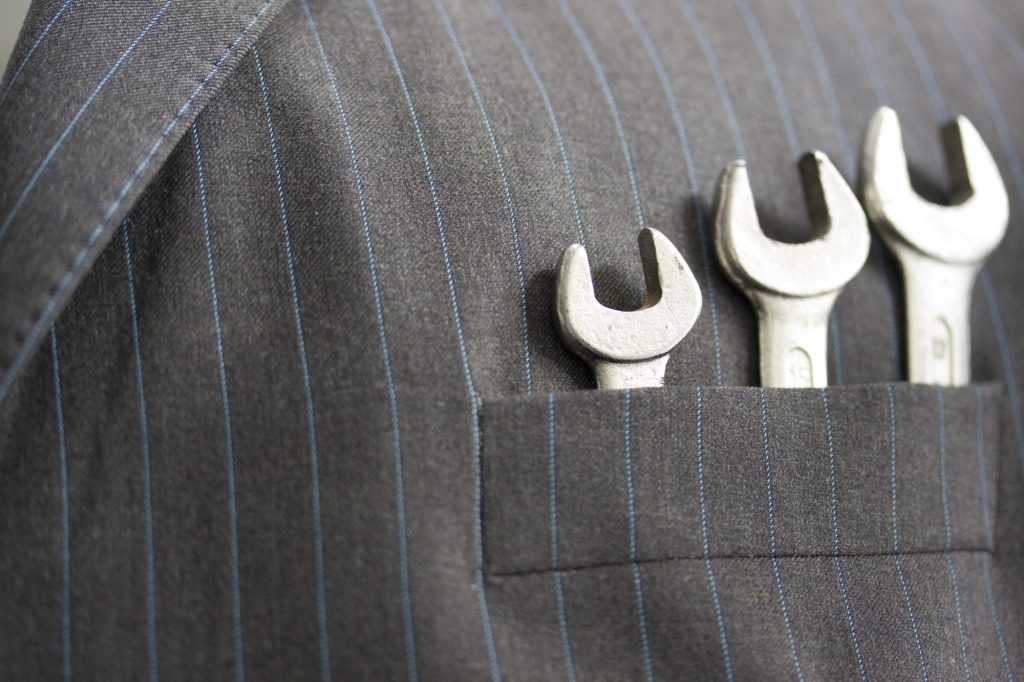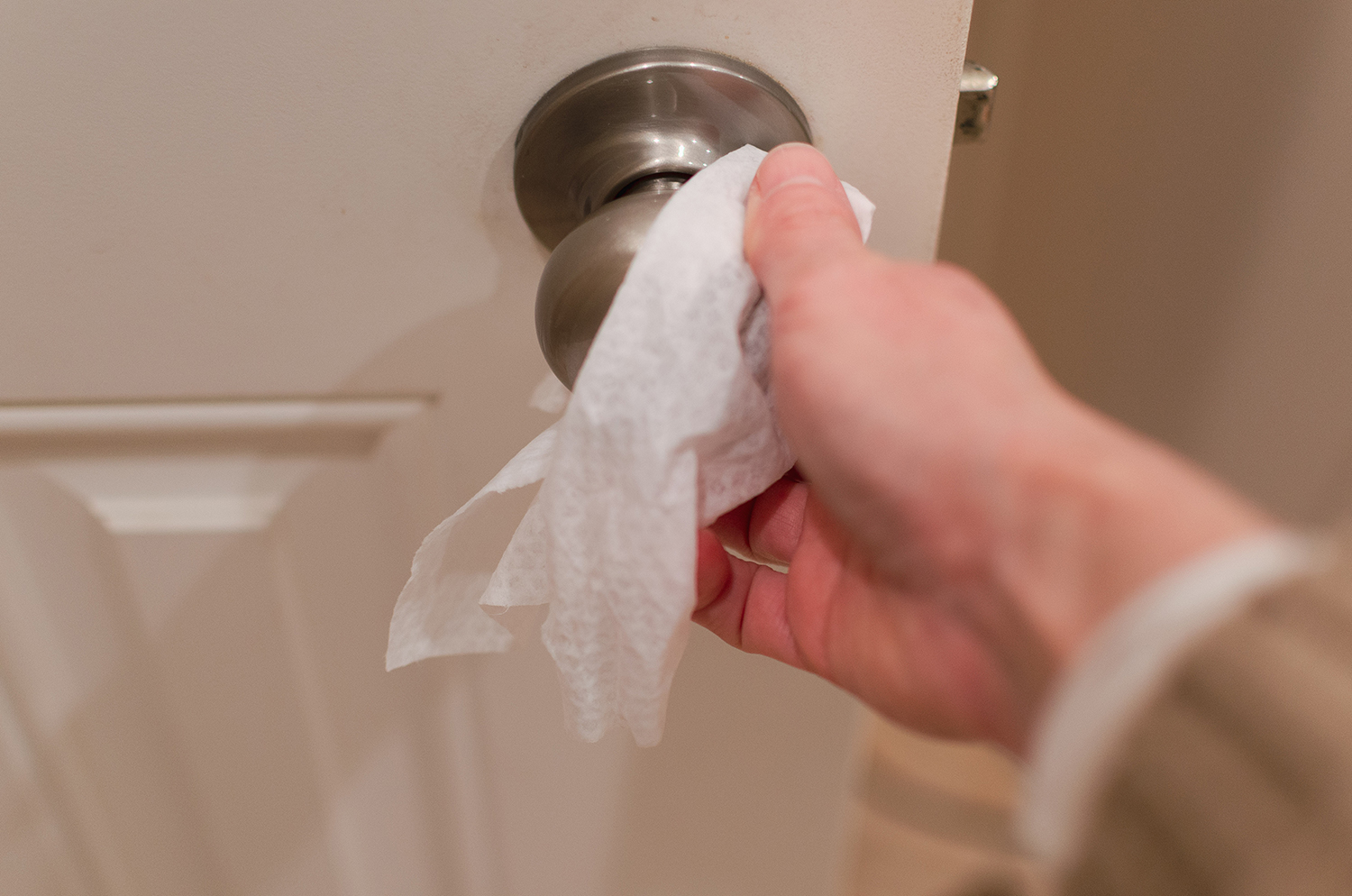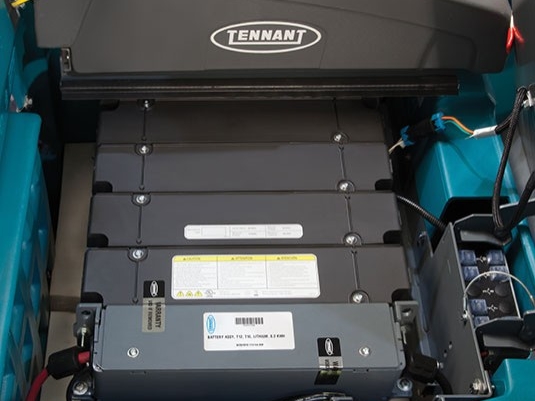Battery-operated machinery is a primary component when it comes to cleaning a facility. They allow for greater efficiency and productivity with a higher quality of clean. But without proper battery maintenance, your machines can have an early replacement rate, resulting in unnecessary expenses.
Understanding how your battery works and how to care for it can keep your machine running for years to come.
Keep water levels in check
Lead-acid (or flooded) batteries are the most common type of battery used in custodial equipment. They have internal cells powered by an electrolyte (sulfuric acid and water). They also use positive and negative plates to generate the charge. As the battery is used, the electrolyte boils and evaporates. It’s important to regularly add new, distilled water to replace this evaporation. If not, the plates will be exposed to air and cause an accumulation of hardened sulfate. This can significantly reduce the battery’s lifespan. Be sure to check each cell to make sure the electrolyte (water) covers the plate.
That being said, if a battery is overfilled, the electrolyte solution may spill out. This can cover the battery terminals in acid, potentially resulting in corrosion. To prevent this from happening, it’s best to keep your water level an inch below the top of the battery. Make sure the lead plates are covered in the electrolyte solution. If overflow does happen, you can use a solution of one cup baking soda to one gallon of water to clean the exterior of the battery. Rinse with water.
Refill with Distilled Water Only
While it’s true that any water is better than no water at all, when it comes to taking care of your batteries, distilled water is, by far, your best bet. That’s because distilled water is free of minerals and ions (prevalent in tap and bottled waters) that can clog battery cells. While using regular water won’t cause immediate damage to your battery, it will slowly sulfate your battery, causing irreparable damage.
Don’t let your battery go unused for too long
One key to extending your battery’s life is to make sure it’s getting enough exercise (seriously). Much like our own muscles, batteries are meant to be used, and don’t do so well when they sit for long periods of time. When this happens, you’ll need to equalize your battery by connecting the dead battery to its charger, and setting it to equalize mode. Start the charge cycle, taking voltage readings every hour. You’ll know the process is complete when the voltage stops rising. This can take anywhere from two to eight hours.
Store your batteries (and equipment) properly
Avoid storing battery-operated machines in extreme hot or cold temperatures. Because batteries can emit off-gassing, it’s also advisable to keep them in a well-ventilated area to prevent bad odors from building up. Most batteries can (and should) be kept on the charger when not in use. See your owner’s manual if you have specific questions about proper charging of your machine.
Consider investing in a Maintenance-Free Battery
Another option is to consider a sealed gel or absorbed glass matt (AGM) battery. These batteries might be a good option for your facility if you’re short on employees that can perform maintenance, or don’t want to deal with routine maintenance at all. While it’s important to note that maintenance-free batteries generally have a greater cost up-front, you’ll most likely face fewer maintenance costs and concerns in the future.
Have questions about battery maintenance, or want to further explore your battery options? Give the KSS Parts and Service Department a call at 269.349.6637, or submit a request here.





